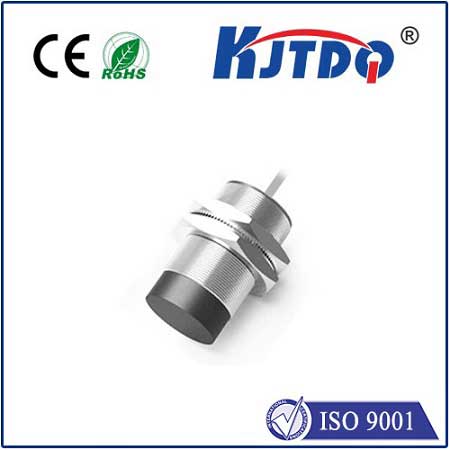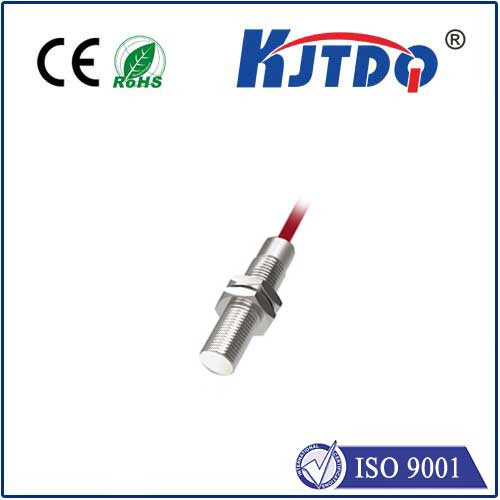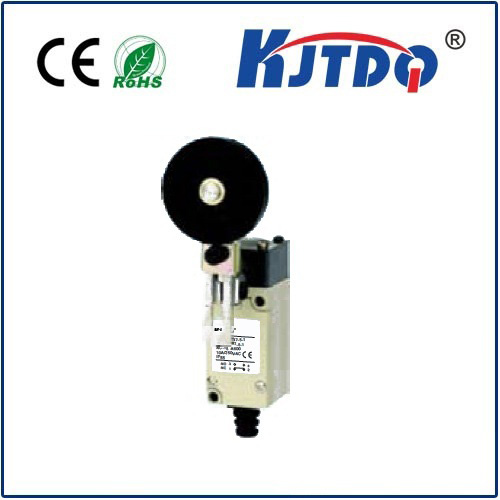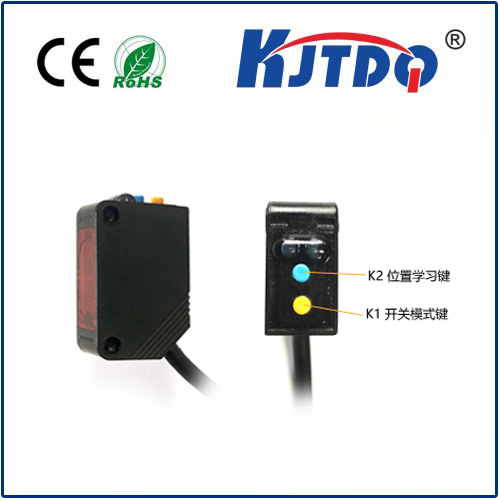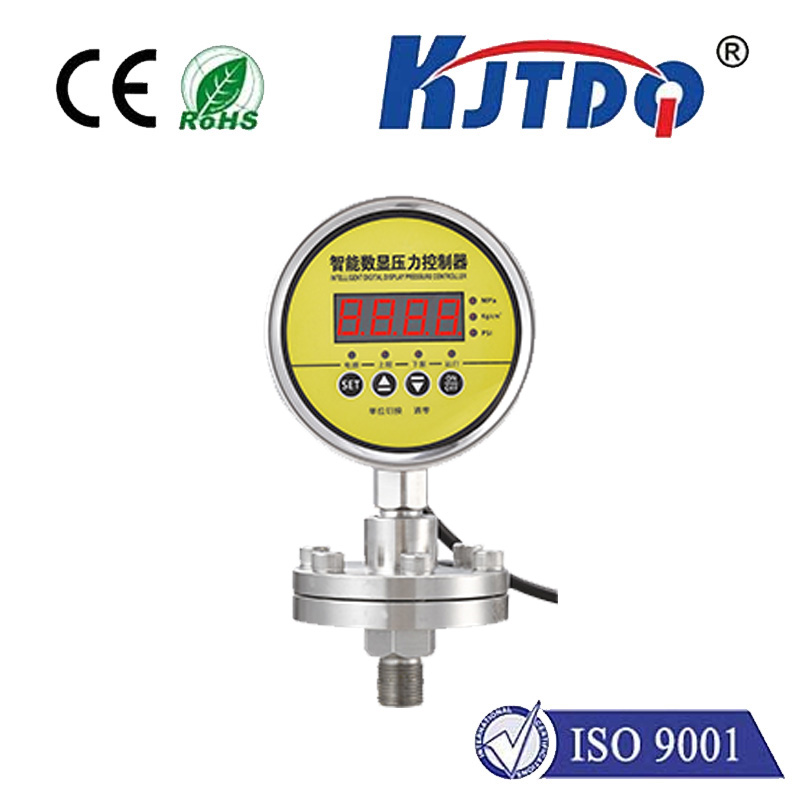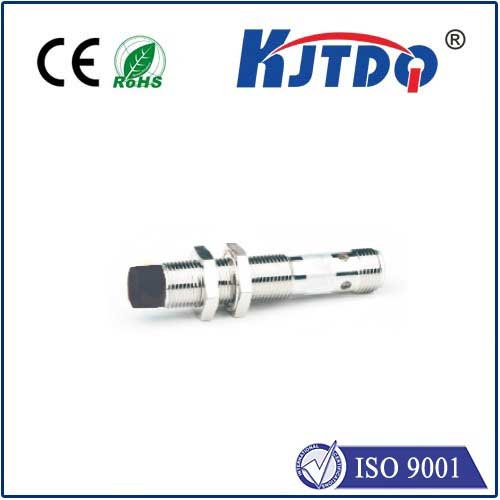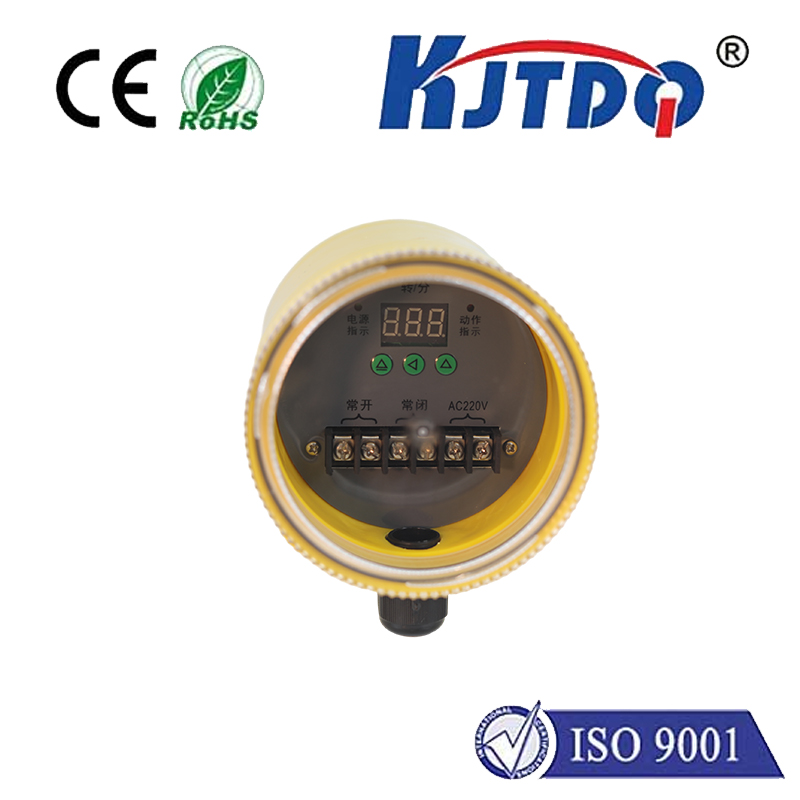Ever wondered how your phone tracks stairs climbed, your drone maintains steady flight, or weather stations predict storms? The unsung hero behind these feats is often a tiny, powerful component: the barometric pressure sensor, or simply, the baro sensor. This unassuming device, quietly measuring the weight of the air above it, unlocks a world of critical data for countless applications, from consumer gadgets to industrial systems and scientific research.
At its core, a barometric sensor is a specialized device designed to measure atmospheric pressure. Unlike sensors focused on gas composition or flow, the baro sensor is specifically tuned to detect the absolute pressure exerted by the Earth’s atmosphere at its location. This measurement is fundamental because atmospheric pressure changes predictably with altitude and is intimately linked with weather patterns. The pressure reading itself is typically delivered in units like hPa (hectopascals), mbar (millibars), or inHg (inches of mercury).
The magic behind most modern baro sensors lies in Micro-Electro-Mechanical Systems (MEMS) technology. Modern baro sensors are marvels of miniaturization. A typical MEMS barometric pressure sensor contains a microscopic cavity sealed at a known reference pressure (often a vacuum). Covering this cavity is an incredibly thin silicon diaphragm. As the external atmospheric pressure changes, it exerts force on this tiny diaphragm, causing it to deflect minutely. Embedded piezoresistors – materials that change electrical resistance when strained – attached to the diaphragm detect this deflection. This minute change in resistance is then converted by internal circuitry into a precise digital or analog voltage signal proportional to the atmospheric pressure. The entire sensor, often no bigger than a grain of rice, integrates the sensing element and signal conditioning electronics onto a single chip.

So, what makes this measurement so incredibly useful? The primary superpower unlocked by an accurate baro sensor is altitude tracking. Because atmospheric pressure decreases predictably as altitude increases (roughly 1 hPa per 8 meters near sea level), a barometric pressure sensor is the go-to method for determining relative height changes. This is indispensable for:
Beyond altitude, the baro sensor is a critical tool for weather forecasting and environmental monitoring. Rapidly falling pressure often precedes stormy weather, while rising pressure suggests improving conditions. Weather stations, both professional and personal (like home smart weather systems), use baro sensors as a key input for local weather predictions and trend analysis. This data is vital for meteorology and understanding microclimates. Furthermore, environmental scientists utilize barometric pressure sensors to monitor pressure variations linked to phenomena like sea level changes or gas plume dispersion studies.
The capabilities of a baro sensor extend significantly when combined with other sensors, particularly the Inertial Measurement Unit (IMU) which includes an accelerometer and gyroscope. While an IMU tracks motion (accelerations and rotations), it suffers from drift over time, especially in determining vertical position. Integrating data from the baro sensor, which provides an absolute vertical reference point via pressure, allows sensor fusion algorithms to correct this drift and deliver remarkably stable and accurate 3D positioning. This synergy is crucial for advanced navigation in robots, augmented reality applications needing precise height tracking, and indoor positioning systems where GPS is unavailable.
Choosing the right baro sensor depends heavily on the specific demands of the application. Key parameters engineers consider include:
From enhancing our smartphone experiences and tracking fitness goals to enabling autonomous drones and predicting the weather, the barometric pressure sensor is a fundamental enabler of modern technology. It transforms the invisible force of the atmosphere into actionable data. Its precision in measuring altitude changes, its role in weather prediction, and its ability to stabilize complex navigation systems when fused with IMUs highlight its indispensable nature. The next time you check your step count, watch a drone hover perfectly, or receive a weather alert, remember the sophisticated, miniature baro sensor silently working behind the scenes, measuring the weight of the sky above us. As technology advances, we can expect these sensors to become even more precise, energy-efficient, and integrated into ever more innovative applications, continuing to unlock new ways to interact with and understand our environment.
